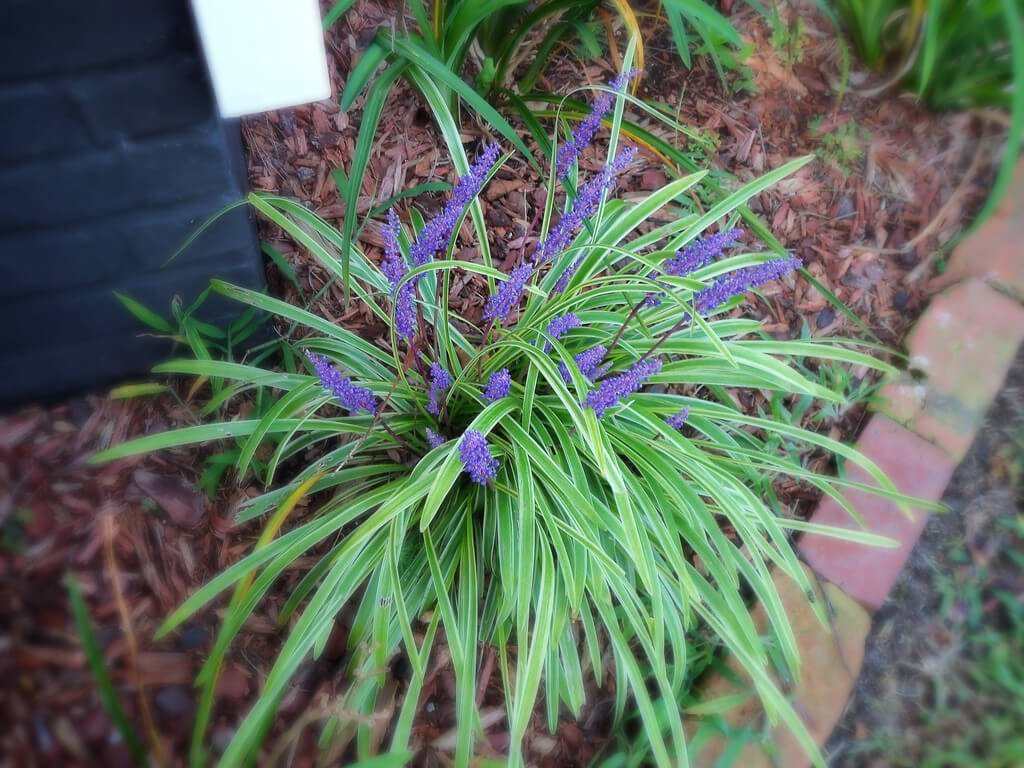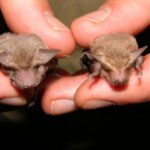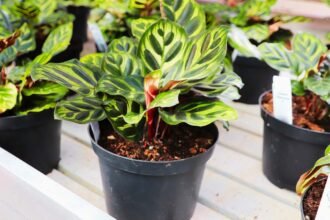What is Monkey Grass?
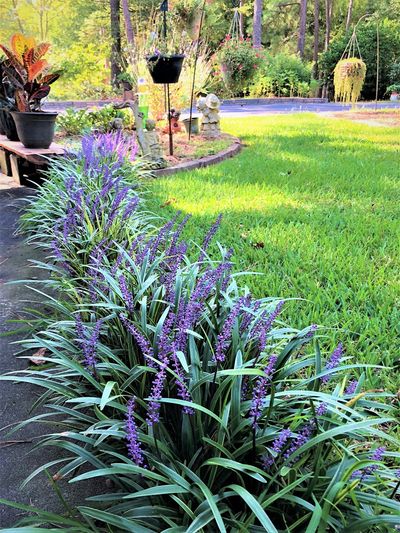
Monkey grass is a member of the lily family of plants. There is a high demand for turfs that are a part of the lily family because of their adaptability and resilience in a number of different environments. In contrast to many other kinds of shrubs and groundcovers, monkey grass does very well when the temperature is high. These plants do well in areas where grass would be difficult to maintain, such as on steep slopes.
There is a lot of misinformation about the ground cover known as monkey grass. The grass known as liriope, sometimes known as Liriope muscari, is frequently utilized in the role of a border. In addition, dwarf mondo grass, often known as monkey grass, is a near relative of the species to which it is most closely related (Ophiopogon japonicus).
It’s possible that liriope and monkey grass can be substituted for one another. Yes, in the sense that liriope is often known as “monkey grass.” This is somewhat confusing because mondo grass is also known as “monkey grass,” despite the fact that the two plants could not be more dissimilar. In point of fact, they do not even qualify as grasses. They are both referred to as Lilies. The leaves of liriope are larger and coarser in texture than those of dwarf mondo grass, which have a more delicate appearance. In common parlance, the two are referred to as “lily turf” when considered together.
Important Things to Know About Monkey Grass
- This plant is also known as liriope, spider grass, lily turf, border grass, and mondo grass. All of these names refer to the same species.
- In spite of the fact that it looks like grass, this plant is actually a type of perennial herb.
- There are some kinds that have white blossoms in the summertime and others that have purple ones.
- When the leaves are shaded, they have a darker shade of green, whereas when they are exposed to direct sunlight, they have a lighter shade.
Types of Monkey Grass
There are several different types of monkey grass, and they are all classified as belonging to either the genus Liriope or the genus Ophiopogon. The most common kind is called L. muscari, and it forms clumps. L. spicata, which is more often known as creeping liriope, does particularly well in harsh situations such as hillsides. Because it grows so quickly and can suffocate other types of vegetation, it should be used almost exclusively in regions that need to be completely covered.
Ophiopogon japonicus, more commonly referred to as monkey grass or mondo grass, is a species of plant that belongs to the genus Ophiopogon and is distinguished by having finely dissected, dark-colored leaves that thrive in shady environments. In addition to that, there is black mondo grass, which contributes an eerie and arresting quality to the scene. Nana, Nippon, and Gyoku-ryu are the three varieties that are practiced the most frequently.
The Proper Application of Monkey Grass
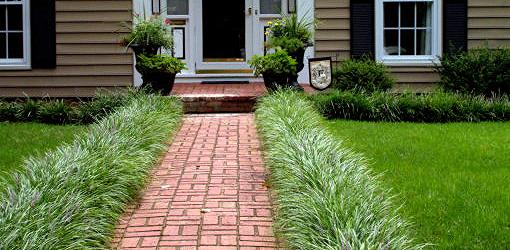
The average height range for liriope is between 10 and 18 inches (25 and 46 cm), and the width range for the clumping type is between 12 and 18 inches (30 and 46 cm). During the months of July and August, this evergreen groundcover produces flowers that might be white, pink, or purple. These thorny blossoms provide a remarkable visual contrast to the surrounding vegetation, and they are followed by clusters of black fruit.
L. muscari, also known as monkey grass, can be used as a ground cover beneath trees or shrubs, as low-edging plants along paved areas, or as the front of a foundation planting. All of these applications require full sun. Because L. spicata grows so quickly, it is almost never used as a ground cover in places where everything needs to be hidden. Even though the most typical application for dwarf mondo grass is to take the place of turf grass, this type of grass can also be grown as a solitary plant or in pots.
Also See: Chinese Money Plant
The Proper Methods for Cultivating Monkey Grass
A quick search on the internet will demonstrate to you how easy it is to grow monkey grass. Because it can live in dry places, it can grow in USDA hardiness zones 7 through 11, and it only needs to be watered occasionally. Since the plants spread quickly and don’t need much care once they’re established, Garden Beast suggests starting with just a few seeds or buying a starter pack from a nearby nursery.
As soon as the danger of frost has passed, you can begin cultivating monkey grass in the spring. A top objective is providing the plant with support while its roots are establishing themselves in the soil. Mulch can reduce the risk of weeds taking over the area around the plant’s roots and improve the likelihood that your efforts will be effective. Holes for planting should be at least 18 inches deep since this provides space for water to drain away from the roots of the plant. It is essential that you refrain from overwatering the monkey grass because doing so might lead to root rot and other ailments in the plant.
Before planting, the soil should be amended with organic compost to slightly reduce the pH level and make it more suitable for the requirements of the plant. Bear in mind that monkey grass requires a growth space of around 6–8 inches between each plant in order to thrive. Although the application of some diluted liquid fertilizer in the spring may be of assistance, the hardy monkey grass is capable of thriving even without it.
The correct way to maintain monkey grass
Since monkey grass does not need consistent watering or fertilizing, you are in the clear. After the grass has been seeded, it is typically left to its own devices so that it can grow. The plant has very few natural predators, but slugs and snails are among those few, and they like nibbling on the plant’s leaves. On the other hand, monkey grass is rarely targeted by predators. If you see any harm to your plant, you should get rid of any slugs you locate and think about investing in some slug traps.
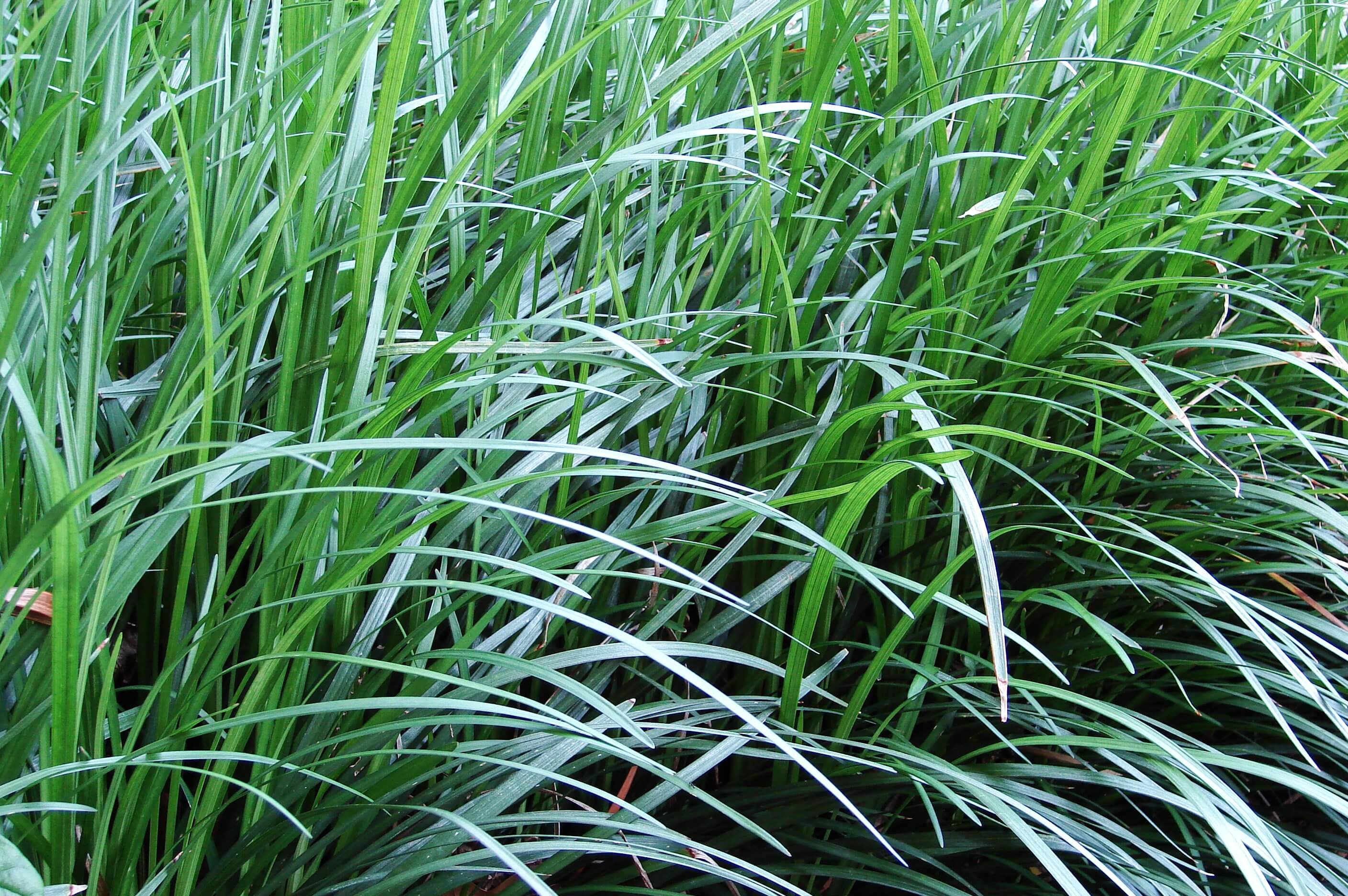
There is a fungal disease known as anthracnose that can appear on monkey grass if it is given an excessive amount of water. The tips of the leaves are beginning to turn brown and will eventually turn yellow. Overwatering monkey grass results in multiple types of rot, including crown rot, root rot, and leaf rot. When you are planting monkey grass, you should avoid using any kind of machinery that is capable of providing water from above and instead make use of a method that focuses on the roots, such as drip irrigation. This is because overhead watering can kill the plant.
Growing Monkey Grass from Seed
Monkey grass is not only one of the least demanding garden plants, but it also helps you save money. The plant reproduces so readily that it can be used to produce new perennials at no additional cost. The runners can be easily transplanted to a less dense area of your garden. In response, the plant puts out more runners, which furthers the grass’s spread.
Transplanting monkey grass requires some care and attention, just like when it is first planted. You need it to take a deep hold. For this reason, professionals remove any weeds or other growths that could prevent the grass from firmly rooting itself in place. As this process is time-consuming, it is not recommended to grow monkey grass after July.
Keep in mind that monkey grass spreads rapidly, so you should only plant it in strategic areas rather than your entire garden. It’s useful for edging paths and stepping-stone areas, as well as for use as ground cover (behind bushes or on sloped surfaces) and as a border for flowers.
Is it true that mosquitoes are attracted to monkey grass?
Monkey grass is good for mosquito hatching, according to the North Carolina Native Plant Society. Wet, lush landscape attracts mosquitoes. Spraying for mosquitoes also kills other insects. We have several options.
A pest control specialist may suggest arranging plants in your yard to deter mosquitoes. If you love monkey grass but worry about your yard’s health, follow these steps. Certain plant aromas are unpleasant to blood-feeding mosquitoes.

Lavender, basil, rosemary, lemon balm, catnip (careful! ), marigolds, and ageratums can be used for this purpose. Lavender has a lovely perfume and delicate foliage and can grow indoors or outdoors. Basil is easy to grow, and once it’s established in your yard, you can pick leaves whenever you want.
Lemon basil and cinnamon basil repel insects well. Rosemary is a good border plant because it requires little care and water. Lemon balm is as powerful as citronella candles, if not more so, at repelling mosquitoes. Because it’s invasive, you should grow it in a container.
Catnip may attract neighboring cats, but it’s more effective than DEET, the main ingredient in most bug sprays. Both marigolds and ageratums contain pyrethrum and coumarin, two insect-repellant components.
Instructions for cutting back monkey grass
You may be wondering how often to trim liriope or monkey grass. According to NOLA, this ground cover just needs an annual trim. It’s quite useful. In February, after winter, prune the evergreen so it’s ready for spring growth. First, prepare your hedge clippers, string trimmer, or lawn mower.
When mowing, raise the cutting height and sharpen dull blades. Slowly push the mower through the monkey grass. If the liriope needs a thorough brushing due to cold damage or old, damaged leaf mixed in with new growth, do this. When there is new growth and old, damaged leaves, do this too.
Hand-cutting with blades no longer than 3 inches is recommended. Liriope is easy to grow and requires little maintenance or irrigation. It can resist hot and dry weather and stays green year-round. It’s unaffected by pollution, illness, animal or insect damage and flourishes in many settings. It’s also pollution- and illness-resistant. Liriopes are invasive plants, and Liriope spicata can become unmanageable quickly.
According to the Fairfax County Park Authority, both varieties of monkey grass are invasive in many regions. Before you plant, grow, or spread this species, you should check with local agriculture officials to make sure you are not breaking the law.
Setting Up a Monkey Grass Edging
The tough grass known as liriope is frequently put to use as a groundcover or border plant. Both of the most common types require little in the way of upkeep and are resistant to the vast majority of illnesses and pests. When used as a border in landscaping, liriope creates a clean, low-growing edge that is always green and does not require mowing. In addition, liriope does not spread.
The benefits of using monkey grass as a border
Liriope grass is low-care, low-maintenance, and short-lived. This hardy evergreen can be used to edge formal gardens, mark walkways and patios, or prevent soil erosion on slopes. Liriope borders can solve many landscaping problems.
Liriope is called lilyturf, border grass, and monkey grass. Clumping and creeping types spread by rhizomes. Monkey grass is a no-brainer in USDA zones 5-10. As a border for a garden, this grass has low, neatly-shaped leaves that cover the ground and draw attention to taller plants.
Monkey plant ground cover can spread and become invasive in some conditions. Offsets are used to spread Liriope muscari. It’s a great grass edger. Both types can survive in sun to shade, well-drained soils, and dry conditions.
Putting in a Border of Monkey Grass
Liriope can replace rocks, gravel, or grass around beds and walks. Liriope muscari is an edger, while Liriope spicata covers the ground. Plant Lilyturf 1.5 feet apart. Keep the soil moist, not soaked.
Mulch helps keep the soil cool and moist and stifles weed growth. Throughout history, monkey grass has grown from rhizomes. You can remove the new plants to make the space look more groomed and barren. They can grow in pots or on the ground.
Maintaining the Grass in the Edge Zones
When used as a border, monkey grass takes care of itself and requires no maintenance. Because it requires such little maintenance, in point of fact, this grass is perfect for use as a “set it and forget it” plant.
To protect the plants from rust and other fungal diseases of the foliage, water them only in the morning when the sun has had a chance to quickly dry the leaves, or use a soaker hose or another method to water underneath the leaves. It is absolutely necessary to water mature grass on a consistent basis whenever there is a heat wave.

